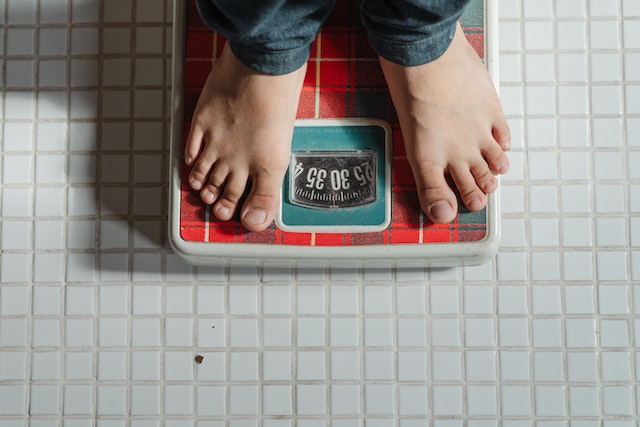Benefits of Mild Physical Activity for Weight Loss

Introduction
It is said that the journey of a thousand miles begins with a single step. If that journey for you is weight loss, mild physical activity could be that single step. The general method to lose weight is to be on a caloric deficit diet. That means consuming fewer calories or using more calories than you consume.
In addition, you can also achieve this by burning off more calories than you consume by exercising or moving. Mild physical activity is a gentle way to make this transition. Such activities like walks, games, and sports, or even a more active and less sedentary set of tasks as you navigate your day.

While high-intensity exercise can be daunting to some, it is also not a sustainable way to lose weight. However, LISS or low-intensity steady-state cardio can be a great way to start your workout journey. Just because it is low in intensity does not mean it is not practical. For example, standing desks let people burn 10% more calories than sitting and working.
Mild activity can take any form. While the simplest of these is a brisk walk, it can also include a standing desk, Yoga, or playing a low-intensity sport like discus throw, shot put, or aqua jogging. The idea is to get your heart rate to 40 to 50 percent of your maximum heart rate.
Benefits of mild physical activity for weight loss:
- Appropriate for all levels: If you are a beginner to working out or have been working out for quite some time, low-intensity workouts can be your best friend. They aid in weight loss and help you move if you have a sedentary lifestyle.
Starting a workout regime can be daunting, especially if you have never stepped into the gym; with walking, jogging, or rowing, the journey can seem easy. - Easy recovery: If you have not worked out before, then soreness and injuries can be new to you. With low-intensity exercises, it can be easy to recover.
It puts less stress on your body, heart, and knees, which is beneficial, especially on the days you are less motivated. - Supports heart health: Unlike high-intensity training, mild activities can be done for longer periods, forcing your heart to pump blood at a strong and steady pace.
- Weight loss: Mild physical activity can reduce and redistribute the visceral fat you have, which is essential for improving your metabolism. Additionally, if you are training for a more extended period, it means that your body has more oxygen to burn fat. While high intensity is an excellent way of burning fat, mild activity is a great way to metabolize fat.

Conclusion
While the general caloric deficit has been discussed, an individual’s lifestyle is important to consider. It is the total of a person’s default activities repeated over a meaningful period. This includes diet, consistent and repeated food and drink choices, and how one lives – daily movement levels, sports, treks, walking, resistance or strength training. If someone manages to lead an active lifestyle by combining these activities with a caloric deficit, they will lose body fat or weight.
Therefore, to understand your body better and lead a healthier lifestyle, a health coach can benefit your weight loss journey. A health coach can motivate you to work out regularly and help chart various workouts supporting your body type.
Have you been trying to lose weight and seeking a customized diet and workout plan?
References
